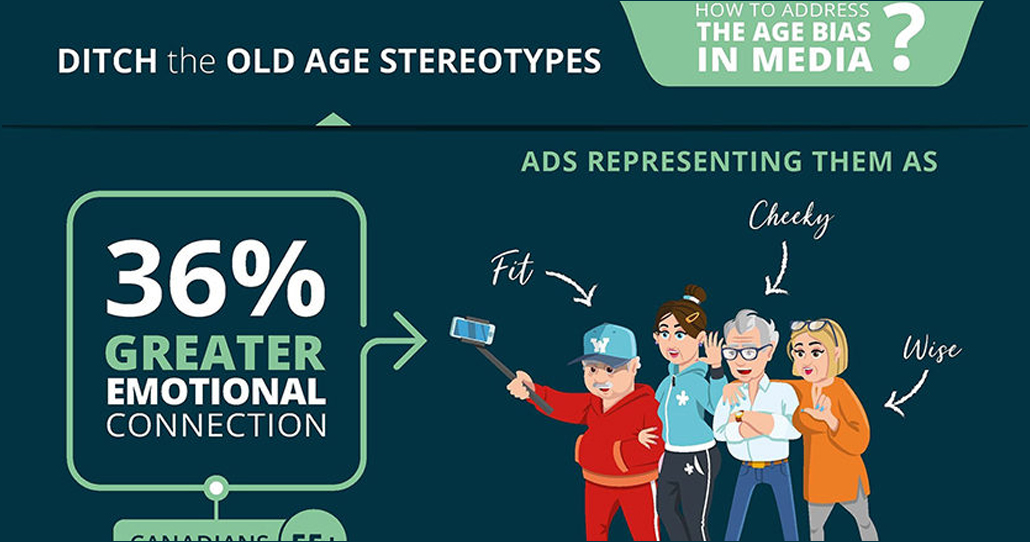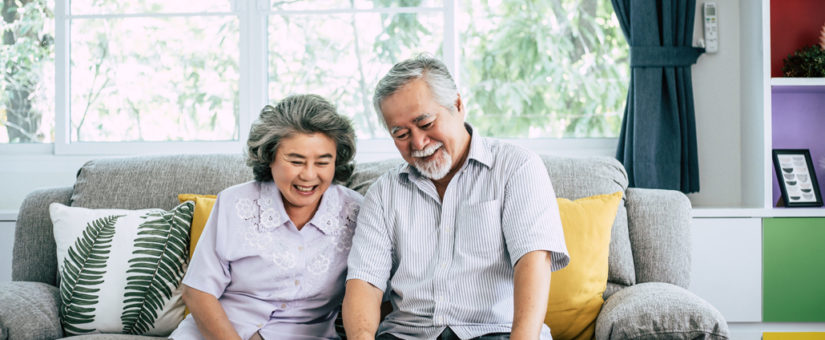As many of your clients will be painfully aware, getting approved for a mortgage in Canada has become increasingly difficult. This is due in part to the impact that COVID-19 has had on the lending space. Many Canadians have had their income and cashflow reduced and thus lenders are being more risk adverse, cutting back on refinancing loans, and demanding closer scrutiny of your clients’ finances.
As you know, there are many reasons someone might be denied a mortgage. Perhaps they were unable to meet the maximum debt-service ratios, or maybe they have a low credit score because of too many late payments. Your clients’ type of employment might also bar them from a traditional mortgage. Their income could be commission or tips based, or perhaps they’re among the 28.9% of Canadians who have reported that COVID-19 has had an impact on their ability to meet financial obligations or essential needs. They may even be retired and have no income despite holding significant assets.
Many Canadians in this situation are therefore turning to alternative mortgage lenders, which are provincially regulated and therefore not required to implement the stress test. However, while traditional mortgage lenders offer rates of around 3%, alternative lenders tend to offer rates closer to 7.99-13% – a massive difference in interest payments over the short and long term. Alternative mortgage lenders also require you to renew every 1 to 3 years, and with renewals comes fees and requalification’s. Many Canadians already have cashflow issues, so the question is, how will they be able to afford these interest payments and renewal fees without having to sell their assets? Some private lenders work in the capitalization of the first year of payments, which unfortunately is a short-term fix and escalates equity erosion.
Reverse Mortgage as an alternative-mortgage strategy
Canadians often resist or forget about Reverse Mortgages, but the reality is, a reverse mortgage is a lifetime loan with no renewal fees, no requalification, and the best part is, the loan can’t be called. The biggest feature of a reverse mortgage, however, is that there are no required payments whatsoever, giving Canadians more monthly cashflow to live out their retirement.
Creating an additional income stream by creating an alternative-mortgage exit strategy
If your clients are currently in a high-interest alternative mortgage, you can help them build a clear strategy that’s tailored to their situation. Offering a lower interest, long-term strategy will be appreciated, and you will be creating an additional commission stream for yourself.
One way to do this is by using the CHIP Reverse Mortgage. It allows your clients to release equity from their home by borrowing up to 55% of its value. Importantly, a reverse mortgage has considerably lower interest rates than an alternative mortgage.
Your clients can use the funds from a reverse mortgage to pay the penalty to get out of their alternative mortgage. This makes financial sense in the long run as they’ll now be free of such a high-interest loan. What’s more, alternative loans usually have monthly payments while reverse mortgages don’t – your clients only pay what they owe once they sell their house or pass away. This means that they will also benefit from increased monthly cashflow to enjoy the retirement they’ve always planed.
This solution is also an option when the alternative mortgage in question is your client’s second mortgage. A second mortgage normally has higher rates and fees than a primary mortgage because the second mortgage has priority on the collateral if the borrower defaults. With a second mortgage, since the borrower has to keep up with two sets of repayments, their monthly payments are considerably higher, meaning a higher risk of foreclosure. Because it’s impossible to default on a reverse mortgage, this risk is taken out of the picture when using this as an exit strategy.
If your clients are looking for a mortgage exit strategy, they won’t have one with an alternative mortgage, but with a reverse mortgage, they won’t need one, since it is a lifetime deferral mortgage, purpose built for Canadians 55+.









